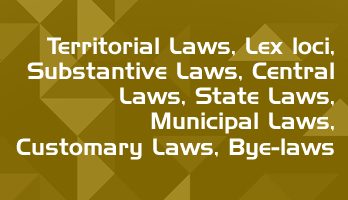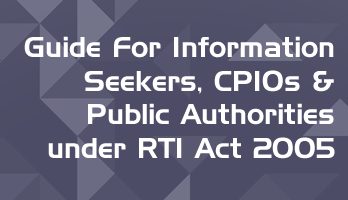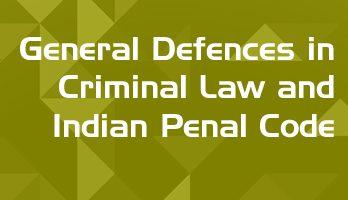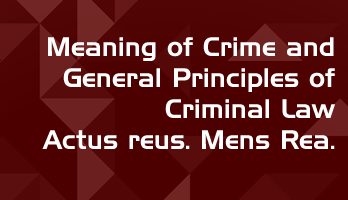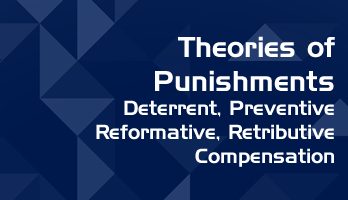Free Full Course Available on LawMint's YouTube Channel
How to Land Your Dream LLB Internship in a Top Law Firm
- Part 1 - Introduction
- Part 2 - Internship Planning
- Part 3 - Internship Research
- Part 4 - Building Your Profile
- Part 5 - The Email
- Part 6 - The Resume
- Part 7 - The Cover Letter
- Part 8 - The Interview
- Part 9 - Self Development
Practical and comprehensive course, with real examples and step-by-step analysis of the complete internship application process. Check out LawMint's YouTube channel now!
Legal Systems of the world can be divided into four broad categories
- Common Law System
- Continental Legal System
- Socialist Legal System
- Legal System among International Institutions and countries inter se.
International Legal System
Open a newspaper, listen to the radio or watch television or surf the internet, and you will be confronted with events of international nature. Allegations of human rights abuses, killing of civilians during an armed conflict, impact of climate change, and disputes between nations are but a few examples of such events.
It is in the context of these events and this interdependence of the countries in the era of globalization that you might think of a different kind of legal system. The legal system which caters to these issues and challenges is known as International Legal System.
In this legal system, the legal principles are formulated with a view to promote interactions among nations, international institutions and organizations.
You can say that without an International Legal System in place, there cannot be a possibility of international peace and security and if international peace and security is not maintained, then there would be no development all over the world.
It is for this reason that International Legal System which is a new phenomenon, has taken birth in the twentieth century, especially after the First World War.
For the sake of convenience, this legal system can be understood by four specific examples:
(a) Role of Treaties,
(b) United Nations,
(c) European Union,
(d) SAARC.
(a) Role of Treaties
Treaties are a form of agreement between or among countries and international organizations which are regulated by International Law.
There are around two hundred countries and several hundreds of international organizations, such as the United Nations, World Trade Organization, World Intellectual Property Organization. You might wonder how these countries and international organizations would interact with each other? Do you not think that mutual agreement is one possible way out to achieve that objective?
This kind of agreement is called by various names such as Treaty, Convention, Pact, Covenant, Protocol, Charter, and even simply an Agreement. You might know the names of several such Treaties.
The famous examples may be: Versailles Treaty, Kyoto Protocol, Pact of Paris, Charter of the United Nations, and International Covenant on Civil and Political Rights.
These Treaties bind the Nations to carry out their responsibilities according to their provisions. If they would not observe those responsibilities, it would amount to breach of a treaty and some kind of compensation would have to be paid by the violating country.
There is a fundamental principle in this legal system which says: “Treaties must be observed in good faith”. This principle has become a guiding factor in the continued observance of treaties in International Legal System.
(b) United Nations
The United Nations is central to the whole international legal system because it has several principal organs, specialized agencies, committees and commissions.
It was established in 1945 on the basis of the Charter of the United Nations. You might have known about General Assembly, Security Council, Economic and Social Council, World Health Organization, UN Educational, Scientific, and Cultural Organization.
One of the Commissions of the United Nations, International Law Commission (ILC), has been instrumental in drafting many Treaties which are subsequently adopted by the countries and international organizations themselves.
The Security Council is one of the principal organs of the United Nations and in fact, the most powerful one. It is the executive wing of the United Nations and has been vested with all powers to maintain international peace and security. Figure
(c) European Union (E.U.)
European Union is a remarkable regional International Organization which has economically and politically united the majority of European countries. This regional union was established on the basis of Maastricht Treaty of 1993 and Lisbon Treaty of 2009.
The EU has developed a common market for the member countries of EU, which is very significant. They have established an exclusive area called ‘Schengen area’, in which a passport is not required to enter anywhere in the whole area which includes as many as 22 EU countries and 4 non-EU countries.
This Union is also distinguishable from other organizations in the sense that the Lisbon Treaty authorizes the EU to conclude treaties which would enjoy primacy over the national legislations.
Key principles of EU law include fundamental rights as guaranteed by the Charter of Fundamental Rights and as resulting from constitutional traditions common to the EU’s States.
The Treaties are primary legislation of the EU, supported with secondary legislation (Regulations, Directives, and Decisions).
(d) South Asian Association for Regional Co-operation (SAARC)
South Asian Association for Regional Co-operation was established on 8 December 1985 by the South Asian countries of India, Bangladesh, Bhutan, Pakistan, Nepal, Sri Lanka, and Maldives. Afghanistan also became a member of this organization in 2007.
Many Agreements and Conventions have been concluded under the auspices of SAARC, such as Agreement on South Asian Free Trade Area (SAFTA), Agreement on Avoidance of Double Taxation, Convention on Combating and Prevention of Trafficking in Women and Children for Prostitution, Regional Convention on Suppression of Terrorism.
It has launched visa exemption scheme also whereby for some defined categories of entitled persons, there would be no requirement of a visa to enter any country of ‘SAARC’.
These are some of the remarkable achievements of this regional organization which works on the basis of treaties recognized by the International Legal System.
Questions
Discuss the salient features of International Legal System.
The salient features of International Legal System are :
(a) In lieu of Acts/Statutes, Treaties play important role. Treaties are binding on a country which becomes a party to it;
(b) Role of the United Nations to make treaties and enforce the judgments of the International Court of Justice;
(c) Role of the European Union to make treaties in the European region and enforce the judgments of European Courts of Justice; and
(d) A mixture of Common Law and Continental Legal System
What do you mean by ‘Treaties’? Do you think that Treaties are an important factor in the development of International Legal System?
Treaties are “Agreements” between or among countries and International Organizations which are regulated by International Law and not the domestic law of the country where the treaty was signed.
Treaties are an important factor in the development of international legal system because they are binding on state parties and the behavior of states may be regulated by them.
Examples of Treaties may be :
(a) Versailles Treaty
(b) Charter of the United Nations
(c) Kyoto Protocol.
Compare the structure and working of European Union and South Asian Association for Regional Co-operation (SAARC). Evaluate the merits and demerits of both these Regional Organizations.
The structure and working of European Union and South Asian Association for Regional Cooperation are compared as follows :
European Union
(a) Applicable to western Europe and some parts of Eastern Europe
(b) Acts on the basis of ‘Lisbon Treaty’
(c) Treaties concluded by EU enjoy primacy over National Law
(d) Primary legislations are called “Treaties” and secondary legislations are called “Regulations”, “Directives”, and “decisions”
South Asian Association for Regional Co-operation (SAARC)
(a) Applicable to South Asia
(b) Acts on the basis of Declaration on Regional Cooperation, 1983
(c) Treaties concluded by SAARC enjoy primacy over National Law.
(d) No such classification.
Merits of these Regional Organisations :
(a) Broader area of application of the Law
(b) Protects the Region from the influence of other Legal Systems
Demerits
(a) Multiplicity of Regional Organisations
(b) No uniformity in International Legal System
Free Full Course Available on LawMint's YouTube Channel
How to Land Your Dream LLB Internship in a Top Law Firm
- Part 1 - Introduction
- Part 2 - Internship Planning
- Part 3 - Internship Research
- Part 4 - Building Your Profile
- Part 5 - The Email
- Part 6 - The Resume
- Part 7 - The Cover Letter
- Part 8 - The Interview
- Part 9 - Self Development
Practical and comprehensive course, with real examples and step-by-step analysis of the complete internship application process. Check out LawMint's YouTube channel now!
Acknowledgement : This article is adapted from Swayam – NIOS course material.



